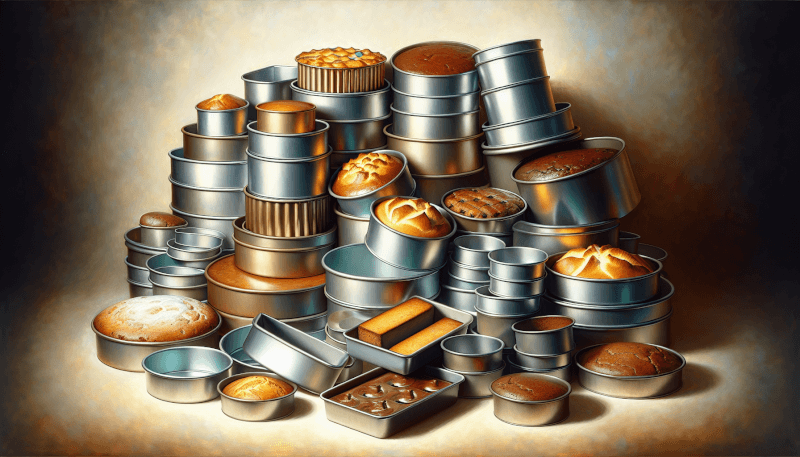Are you a baking enthusiast who loves whipping up delectable treats in the kitchen? If so, then you’ll know just how important it is to have the right baking tin for each type of baked good. From cakes to breads and pastries, the type of baking tin you use can greatly impact the final outcome of your creation. In this article, we will explore the various types of baking tins available and delve into which ones are best suited for different baked goods. Get ready to up your baking game and achieve bakery-quality results with the right baking tin!
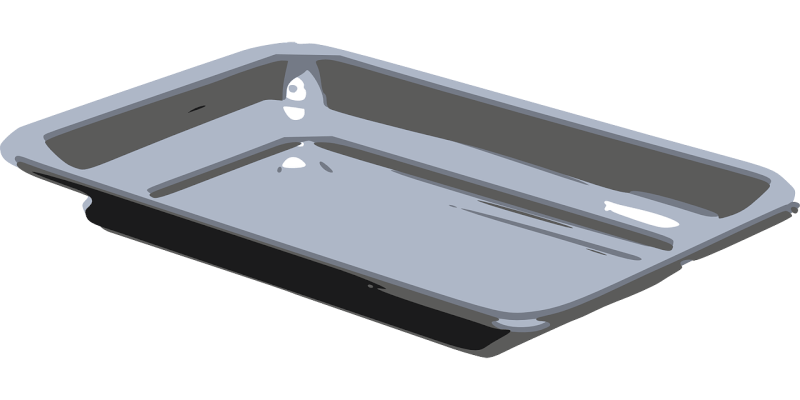
Choosing the Right Baking Tin for Perfectly Baked Goods
Baking is a delightful and creative activity that allows you to bring mouthwatering treats to life. One of the key elements to consider when baking is the choice of the baking tin. The right baking tin can make a significant difference in the outcome of your baked goods. It determines the shape and texture of your creations, as well as how they cook and brown. With the multitude of baking tins available in the market, it can be overwhelming to choose the right one. In this comprehensive article, we will guide you through the factors to consider when selecting a baking tin and provide an overview of the different types of baking tins available.
Understanding the Importance of Baking Tins for Different Baked Goods
Baking tins play a crucial role in the baking process, as they directly impact the quality and appearance of your finished goodies. The type of baking tin you choose can influence various factors, such as baking time, heat distribution, and browning. Different baked goods require specific characteristics from their baking tins to ensure they turn out perfectly.
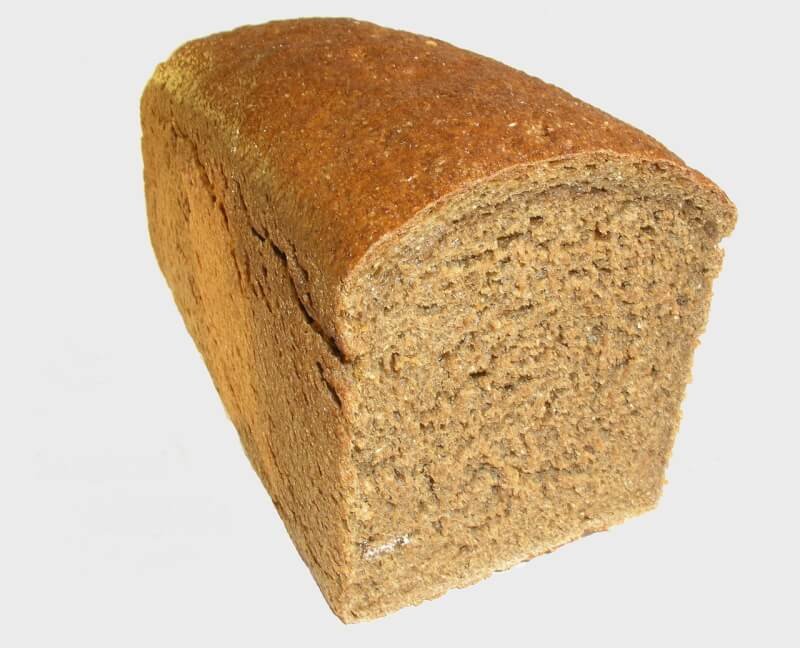
Factors to Consider When Selecting a Baking Tin
When selecting a baking tin, there are several factors to consider to achieve optimal baking results. The size, shape, material, and heat conductivity of the tin all contribute to the final outcome of your baked goods. Let’s delve into each factor to understand their importance:
Size: Consider the size of your recipe and the desired thickness of your baked goods. Ensure that the baking tin can accommodate the full quantity of batter or dough without overflow or under-filling.
Shape: The shape of the baking tin can significantly impact the appearance of your baked goods. Take into account the recipe’s requirements and the desired presentation. Round, square, rectangular, and specialty-shaped tins are all available options.
Material: Baking tins are made from various materials, each with its own advantages and disadvantages. The material affects heat distribution, durability, and ease of cleaning. The most common materials include nonstick, glass, silicone, metal, ceramic, aluminum, and stainless steel.
Heat Conductivity: The baking tin’s ability to conduct heat evenly throughout the batter or dough affects the baking time and the texture of the end product. Some materials, such as metal, excel in conducting heat efficiently, while others may require adjustments to achieve the desired results.
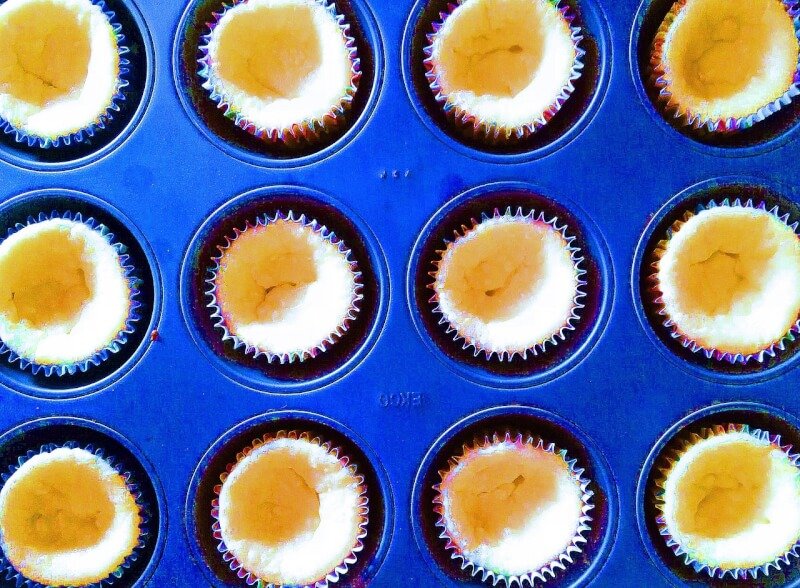
Overview of Different Types of Baking Tins in the Market
To help you make an informed decision, let’s take a closer look at the different types of baking tins available in the market, along with their advantages, disadvantages, and best uses.
Nonstick Baking Tins
Advantages: Nonstick baking tins are convenient to use, as they ensure easy release of baked goods without excessive greasing. They also promote even browning and allow for effortless cleaning.
Disadvantages: Over time, the coating on nonstick baking tins can wear off, reducing their effectiveness. Extreme heat exposure can also be detrimental to their nonstick properties.
Best Uses: Nonstick baking tins are ideal for delicate baked goods like cakes, muffins, and quick breads. They are especially beneficial for recipes that are prone to sticking, such as those with high sugar content.
Glass Baking Dishes
Advantages: Glass baking dishes offer excellent heat conduction and retention, resulting in even and consistent baking. They are also visually appealing, allowing you to serve your creations directly from the dish.
Disadvantages: Glass baking dishes can be fragile and prone to cracking under sudden temperature changes, such as transferring from the oven to a cold surface.
Best Uses: Glass baking dishes are perfect for casseroles, lasagnas, and other savory dishes that require longer cooking times. They are also suitable for brownies and bars.
Silicone Baking Molds
Advantages: Silicone baking molds are incredibly flexible, making it easy to pop out baked goods without greasing or damaging the mold. They are also lightweight, easy to store, and dishwasher-safe.
Disadvantages: Silicone molds can be flimsy, making it challenging to handle them when filled with batter or dough. They may require additional support, such as placing them on a baking sheet.
Best Uses: Silicone baking molds are ideal for intricate shapes and designs, such as cupcakes, muffins, and individual-sized desserts. They are also great for freezing or creating chilled desserts.
Metal Baking Pans
Advantages: Metal baking pans are known for their excellent heat conductivity, resulting in quick and even baking. They are durable, resistant to high temperatures, and can withstand frequent use.
Disadvantages: Metal baking pans may cause excessive browning or crispiness, making them unsuitable for recipes that require gentle baking or light coloration. They may also require greasing to prevent sticking.
Best Uses: Metal baking pans are perfect for cookies, pastries, and bread loaves. They are also great for sheet cakes and brownies due to their large surface area.
Ceramic Baking Dishes
Advantages: Ceramic baking dishes provide even heat distribution and retention, ensuring your baked goods cook uniformly. They also offer an attractive presentation, making them suitable for serving directly from the dish.
Disadvantages: Ceramic baking dishes are generally heavier and may be more prone to chipping or cracking if mishandled. They can also take longer to heat up compared to metal or glass.
Best Uses: Ceramic baking dishes are ideal for gratins, quiches, and custards. They are also suitable for fruit crisps and crumbles.
Aluminum Baking Pans
Advantages: Aluminum baking pans are lightweight, making them easy to handle and store. They offer excellent heat conductivity, resulting in evenly baked goods.
Disadvantages: Aluminum baking pans may react with acidic ingredients, causing a metallic taste or discoloration in the baked goods. They may also require greasing to prevent sticking.
Best Uses: Aluminum baking pans are suitable for cakes, cookies, and bars. They are also ideal for roasting vegetables or baking savory dishes.
Stainless Steel Baking Sheets
Advantages: Stainless steel baking sheets are durable, resistant to corrosion, and easy to clean. They offer even heat distribution and are suitable for high-temperature baking.
Disadvantages: Stainless steel baking sheets may require greasing or lining with parchment paper to prevent sticking. They can also produce more browning on the bottom due to their heat conductivity.
Best Uses: Stainless steel baking sheets are excellent for baking bread, cookies, and pastries. They are also suitable for roasting vegetables and making pizzas.
Springform Pans
Advantages: Springform pans feature a removable bottom and sides that allow for easy release of delicate baked goods, such as cheesecakes. Their adjustable sides also make for beautiful presentations.
Disadvantages: Springform pans may leak if the seal is not properly aligned or tightened. The removable parts can also make them more challenging to clean.
Best Uses: Springform pans are perfect for cheesecakes, tortes, and delicate layered cakes.
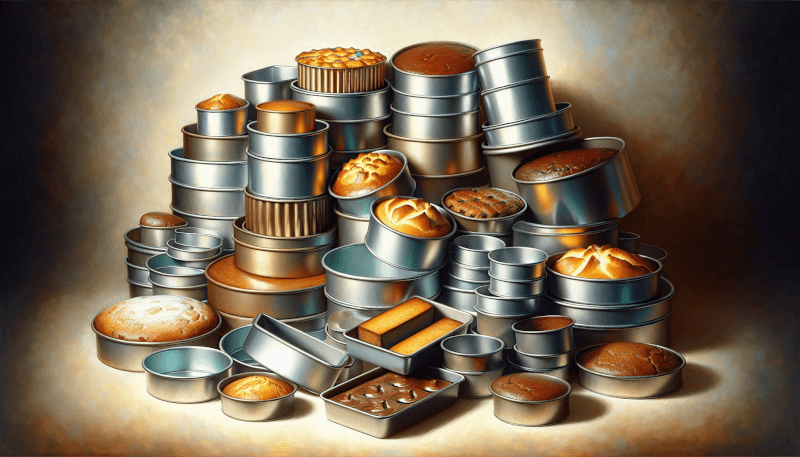
Conclusion
Choosing the right baking tin is essential for achieving perfectly baked goods. By considering factors like size, shape, material, and heat conductivity, you can make the best choice for each specific recipe. Whether it’s a nonstick baking tin for moist cakes or a glass baking dish for savory casseroles, each type of baking tin has its own advantages and disadvantages. Take your time to evaluate your needs and preferences, and soon you’ll be on your way to creating delectable treats with confidence and precision. Happy baking!


